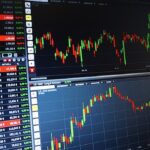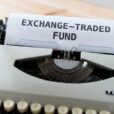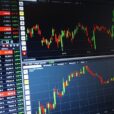
According to popular thinking, a key factor in the foreign currency exchange rate determination is the state of the balance of payments. Following this logic, an increase in imports gives rise to an increase in the demand for foreign currency. To obtain the foreign currency importers sell the domestic currency for it. As a result, this causes a strengthening in the exchange rate of the foreign currency against the domestic currency i.e. more domestic currency per unit of a foreign currency.
Conversely, if there is an increase in exports, all other things being equal, then once exporters exchange their foreign currency earnings for domestic currency this sets in motion a strengthening in the domestic currency exchange rate against the foreign currency. (Less domestic currency per unit of a foreign currency).
In this way of thinking, exporters determine the supply of foreign currency while importers determine the demand for foreign currency. Hence, the interaction between supply and demand establishes a foreign currency exchange rate.
Following this logic, it makes sense to conclude that the state of the balance of payments, which is the result of the interplay between exports and imports, is a key in determining the foreign currency exchange rate.
Key Factors Determining Demand and Supply of Foreign Currency
Is it valid to suggest that exporters set the supply of foreign currency while the demand for it is set by importers?
For instance, the demand for the Yen emanates not only from American importers of Japanese goods and services but also from the Japanese themselves.
Every bit of economic activity that takes place in Japan gives rise to the demand for Japanese money – the Yen. A Japanese producer of shoes exercises his demand for money by selling his product (shoes) for Yen, which in turn he could employ some time in the future, in order to be able to buy other goods and services.
Likewise, the producers of other goods and services exercising their demand for money by exchanging their produced goods and services for money, which in due course is going to be exchanged for other goods and services.















